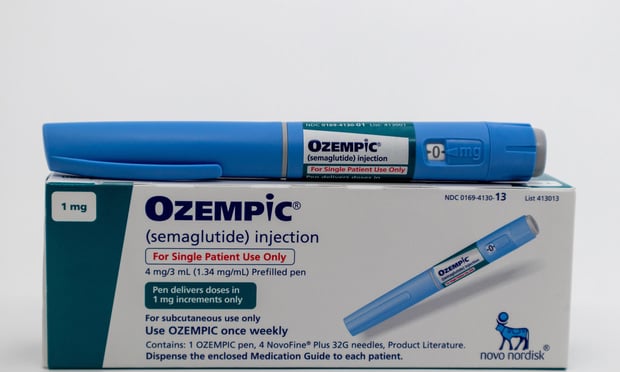 Recommendation tools expose employees to new products and provide information on existing products, broadening employees' view of what they might need. (Photo: Shutterstock)
Recommendation tools expose employees to new products and provide information on existing products, broadening employees' view of what they might need. (Photo: Shutterstock)
Decision support and recommendation tools significantly influence employees' choices of health insurance and other benefits on benefits marketplaces.
That's according to data from think tank Private Exchange Research Council, composed of private benefits exchange experts and national insurance brokers and consultants. Its report "Understanding the influence of decision support on employee benefit selections," based on findings from 1,356 companies between 2013 and 2017, analyzed how employees used system recommendations in benefits marketplaces to choose the products and plans that best match their needs.
Recommended For You
Among the report's findings are that employees are more likely to purchase products recommended to them than employees who bypass the recommendation engine and shop on their own.
Related: Behavioral enrollment, part 1
For instance, only 49 percent of employees who don't receive a recommendation to buy vision insurance do so, while among those who do get a recommendation, 86 percent sign up.
In addition, the recommendation engine provides information to employees on different types of benefits, such as long-term disability, life insurance, and identity theft protection. It also exposes them to new products as it provides information on existing products, broadening employees' view of what they might need to better protect themselves.
With the intercession of a recommendation tool, 46 percent of employees in 2017 bought the medical plan that was recommended to them, compared with just 33 percent in 2013. And among those who didn't buy the recommended plan, 32 percent instead got one with a higher premium than the one recommended to them, while 22 percent bought a plan with a lower premium. This indicates that instead of just choosing the plan with the lowest or highest premiums, employees choose based on the information provided by such tools.
Some groups are more receptive to recommendations than others, with GenX and GenY more likely to follow recommendations on life insurance, and those who bought HSA-qualified plans were most able to consider and respond to recommendations involving solutions outside of their health plan that met their individual needs and preferences.
The average portfolio cost comes in 11 percent below what is recommended to employees in 2017, since it recommends an average of eight products per employee; typically, employees only sign up for five.
Also, in 2017, employees who bought medical coverage spent a total of $10,536 on their overall portfolio of benefits. Employers subsidized approximately 70 percent of this cost to the tune of an average of $7,385; that left employees to spend about $3,200 of their own money to buy the benefits they valued.
Recommendations also open employees' consideration to the potential of high-deductible health plans that typically have lower premiums and that can be linked with health savings accounts. HSA-qualified health plans were recommended to 50 percent of employees who received recommendations, with 68 percent buying them. Among employees who didn't get recommendations, just 40 percent chose HSA-qualified plans.
Among those who do choose such plans, they tend to stick with them; 81 percent of those who enrolled in 2015 did the same in 2016 and 2017. They also put in their own money, with 63 percent of employees enrolled in an HSA-qualified plan also enrolled in an HSA and 86 percent of those employees put their own money into the account. The remaining 14 percent only funded the account with money received from their employer.
© 2025 ALM Global, LLC, All Rights Reserved. Request academic re-use from www.copyright.com. All other uses, submit a request to [email protected]. For more information visit Asset & Logo Licensing.







